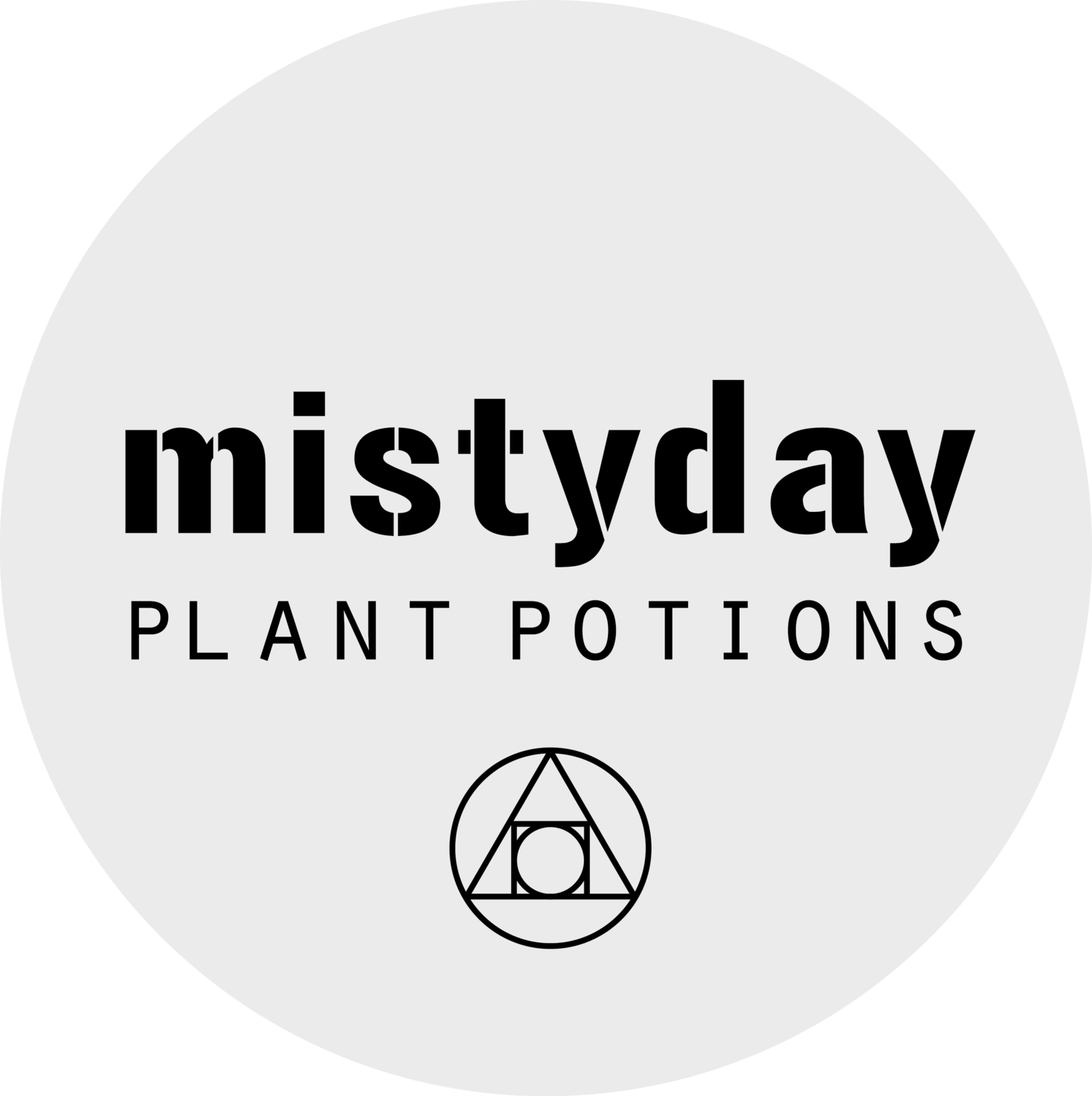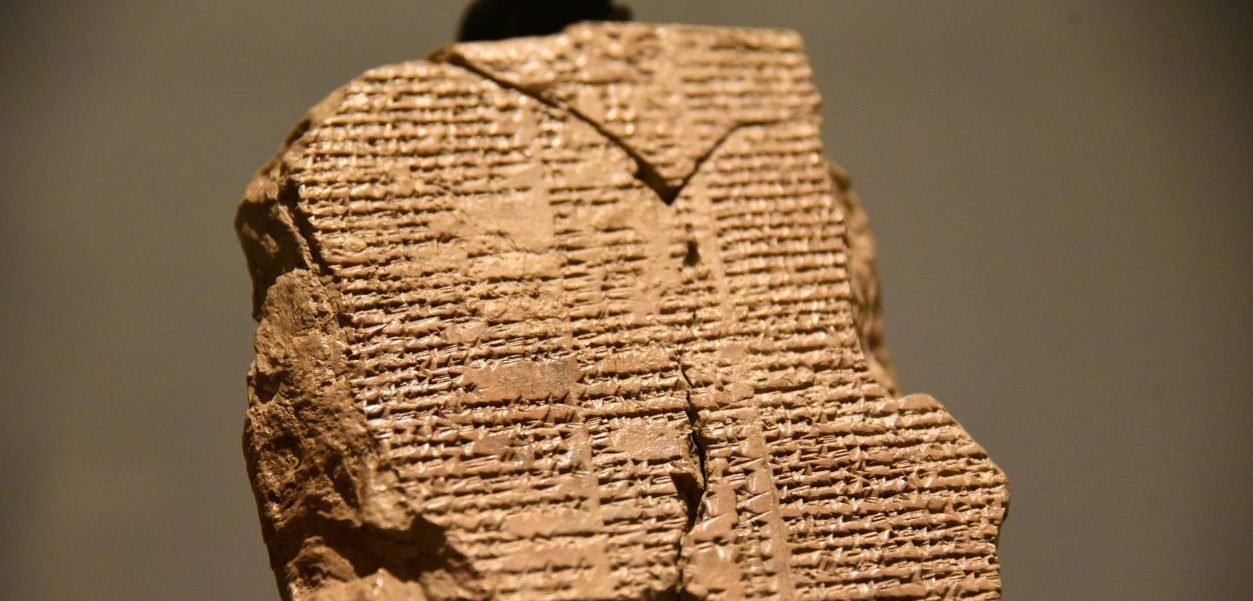HISTORY OF EVERY DAY DRINKS PART FOUR - cAROB
Ceratonia siliqua
A member of a subfamily of the Fabaceae or legume family, carob originates in Syria and thrives in the Mediterranean and around the warmer parts of the world. Most of the worlds carob comes from Portugal, Morocco and Italy.
Carob Tree With Ripe Pods
Carob has been used as a food for both people and animals for centuries. It has documented as far back as the middle era of the Ancient Egyptians where it was eaten raw from the tree, made into a cooling drink and was even used in the mummification process. The hieroglyph which is thought to represent sweet is in fact a carob bean. There is also mention of carob in the oldest piece of literature even found - The Epic of Gilgamesh. That tome dates from around 4000 years ago and this is not just some old book, the thing is written on clay tablets in the oldest known alphabet. Once the alphabets meaning was cracked in the 1870s it told pretty crazy tales of . beautiful gardens, great floods, lovers, death and of course the carob tree. This Mesopotamian epic has some similar themes to the book of Genesis which came about 1000 years after. Many believe that themes of this epic have also made their way into other ancient literature such as in Homers Odyssey.
The Epic of Gilgamesh
It seems like carob may not enjoyed widespread appeal in Ancient times though, being more often used as animal feed. In fact Pliny the Elder (AD 23 – 79) suggested that it was only fit for pigs, which was a sentiment also repeated in the Holy Bible. The prolific fruiting of carob has been a saviour during periods of famine both as food and animal fodder. It was mentioned as sustenance for Rabbi in exile in the Zohar from the Kabbala religion. I mean, its not chocolate but I would have thought in a world pre chocolate, it would be a pretty okay alternative?!
So even if it wasn’t a favourite food, it was still very useful as in ancient times as carob was used as a weight measurement. Carob beans are very unform in their weight, which is around 200mg, thus carobs were used as a counterweight by Ancient traders when measuring light but precious commodities such gemstones. In fact, the origins of the word carat are from the Greek word keration which refers both to carob and also a small weight.
Carob beans
In more recent times, carob is used as a food and drink in parts of the Middle East and Mediterranean but is most often used as a non stimulating alternative to cacao. It is actually higher in sugar and fibre than cacao and does not contain the stimulating phytochemicals that cacao contains. Thus its a really great alternative for people who are easily stimulated and why I use it as the base of our Moon sleep formula in preference to cacao. Unfortunately, a whole generation of eighties kids have carob aversion as well meaning mums swapped out chocolate easter eggs for carob ones ( I know it happened to me in 85) . Honestly, its nice but if you are expecting chocolate then its a “healthy tasting” surprise) The seeds of the humble carob also provide the source of locust bean gum which is widely used as a thickener and gluten alternative in the food industry.
So its one helpful plant and from a climate perspective, carob is the perfect plant of the future. It requires little water, will thrive in poor soils and will survive hot temperatures. Carob does not start to fruit for three to five years and does not reach maturity for 25 years but after this time it will produce a large amount of seed pods – sometimes up to a ton. They trees are not usually prone to attack from pests so are easy to grow in an organic manner, provide bee food and are nitrogen fixing for the soil. I think maybe we should start planting some now - it will grow in warm parts of New Zealand.
Carob is very sweet at around 50% sugar and also contains a wide range of other minerals and phytochemicals such as anti-inflammatory, antioxidant polyphenol compounds alongside beneficial prebiotic fibre which help to normalise bowel function, feed gut flora, support healthy immunity and promote healthy detoxification by the gut. Carob makes an appearance in our totally non stimulating sleep blend Moon and also for all the sensitive wee easily overstimulated souls, in our spicy, warming Magick Herbal Coffee.
So that’s it for the history of every day drinks, but next week look out for the traditions and history of some every day herbs!



